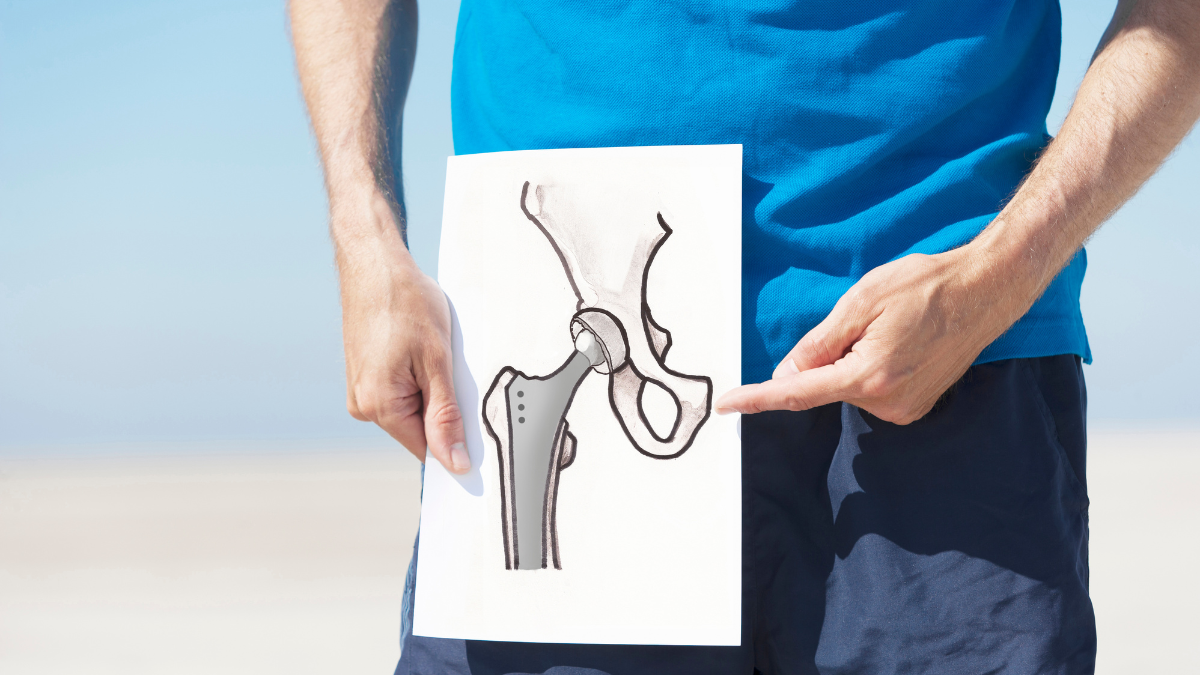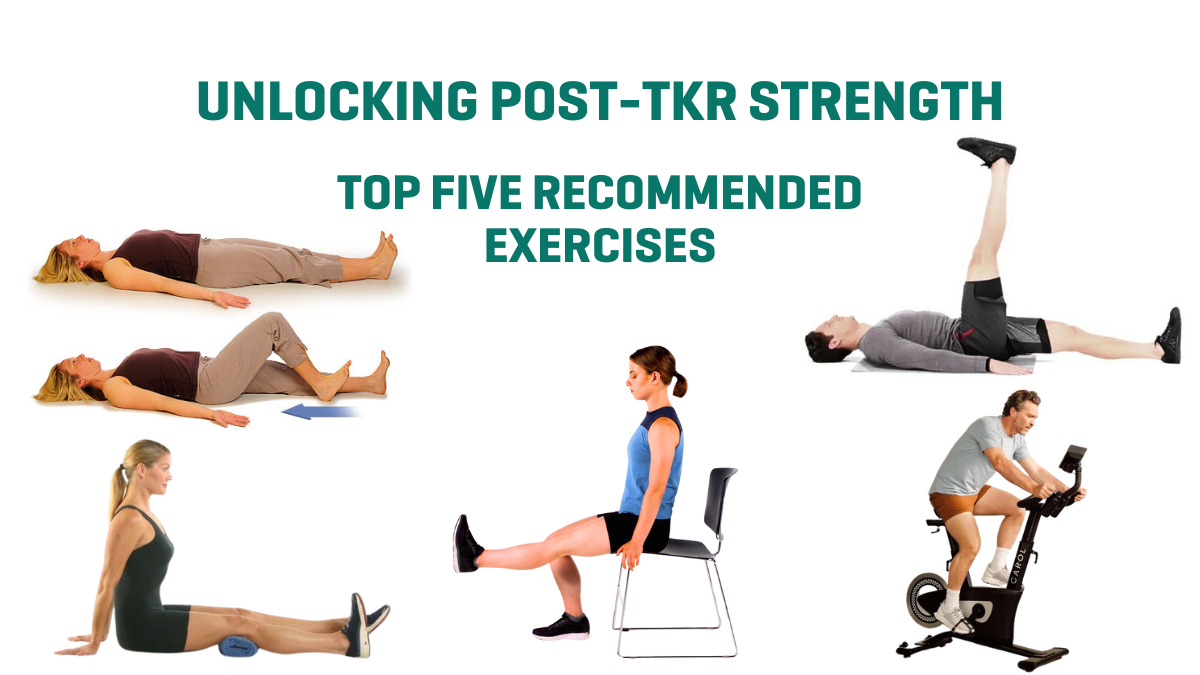- Opening hours: 24 Hours
- Call us today: +91 86960-97555
- Email us: info@drsskhatri.com
Recurrent shoulder dislocation is a common problem among individuals who participate in contact sports, suffer traumatic injuries, or have certain underlying medical conditions. It occurs when the humeral head, or the ball of the shoulder joint, is forced out of its socket, leading to intense pain and loss of mobility. While non-surgical treatments such as physical therapy, rest, and pain management can provide temporary relief, recurrent shoulder dislocation repair surgery may be necessary to prevent ongoing instability and prevent further damage to the joint.
Recurrent shoulder dislocation repair surgery involves several different approaches, including open and arthroscopic techniques. The most appropriate surgical approach depends on the severity of the injury, the age and activity level of the patient, and other factors such as the presence of rotator cuff tears or labral injuries.
One common approach to recurrent shoulder dislocation repair surgery is the Bankart repair procedure. This surgery involves reattaching the torn labrum, a ring of cartilage that lines the socket of the shoulder joint, to the rim of the glenoid, or the shallow socket of the shoulder blade. The goal of the Bankart repair procedure is to restore the stability of the shoulder joint and prevent further dislocations.
Another surgical option for recurrent shoulder dislocation repair is the Latarjet procedure. This surgery involves taking a piece of bone and cartilage from the patient’s shoulder blade and using it to build up the rim of the glenoid socket. This creates a more stable socket for the humeral head and can help prevent recurrent dislocations.
Arthroscopic surgery is a minimally invasive approach to recurrent shoulder dislocation repair that involves the use of small incisions and a tiny camera to visualize and repair the joint. This technique allows for less postoperative pain, faster recovery times, and reduced scarring compared to open surgical procedures.
Recovery from recurrent shoulder dislocation repair surgery can take several months, and patients will need to follow a rehabilitation program to help restore the range of motion, strength, and function of the shoulder joint. Physical therapy and regular follow-up appointments with the surgeon are critical components of the recovery process.
While recurrent shoulder dislocation repair surgery can be highly effective in restoring shoulder stability and preventing further dislocations, it is not without risks. Complications such as infection, nerve damage, and shoulder stiffness can occur, and patients should discuss the potential risks and benefits of surgery with their healthcare provider.
In summary, a recurrent shoulder dislocation is a common problem that can cause significant pain and functional impairment. Recurrent shoulder dislocation repair surgery is a viable treatment option for individuals who experience ongoing instability despite non-surgical treatments. With careful evaluation, proper surgical technique, and a comprehensive rehabilitation program, patients can achieve good outcomes and return to their desired activities with improved shoulder function and stability.
Get Best & Affordable Treatment.
Get In Touch In The Mean Time.
Our mission is to provide high quality chiropractic care, supportive therapies and nutritional weight loss solutions
Plot No. 7a, Amrapali Marg
Block a,
Vaishali Nagar, Jaipur
Get an Appointment
Team of Professionals




Read Our Latest News & Articles
Find out what’s new and get updates on treatments, procedures, incredible patient stories, and special cases in our blog section.





